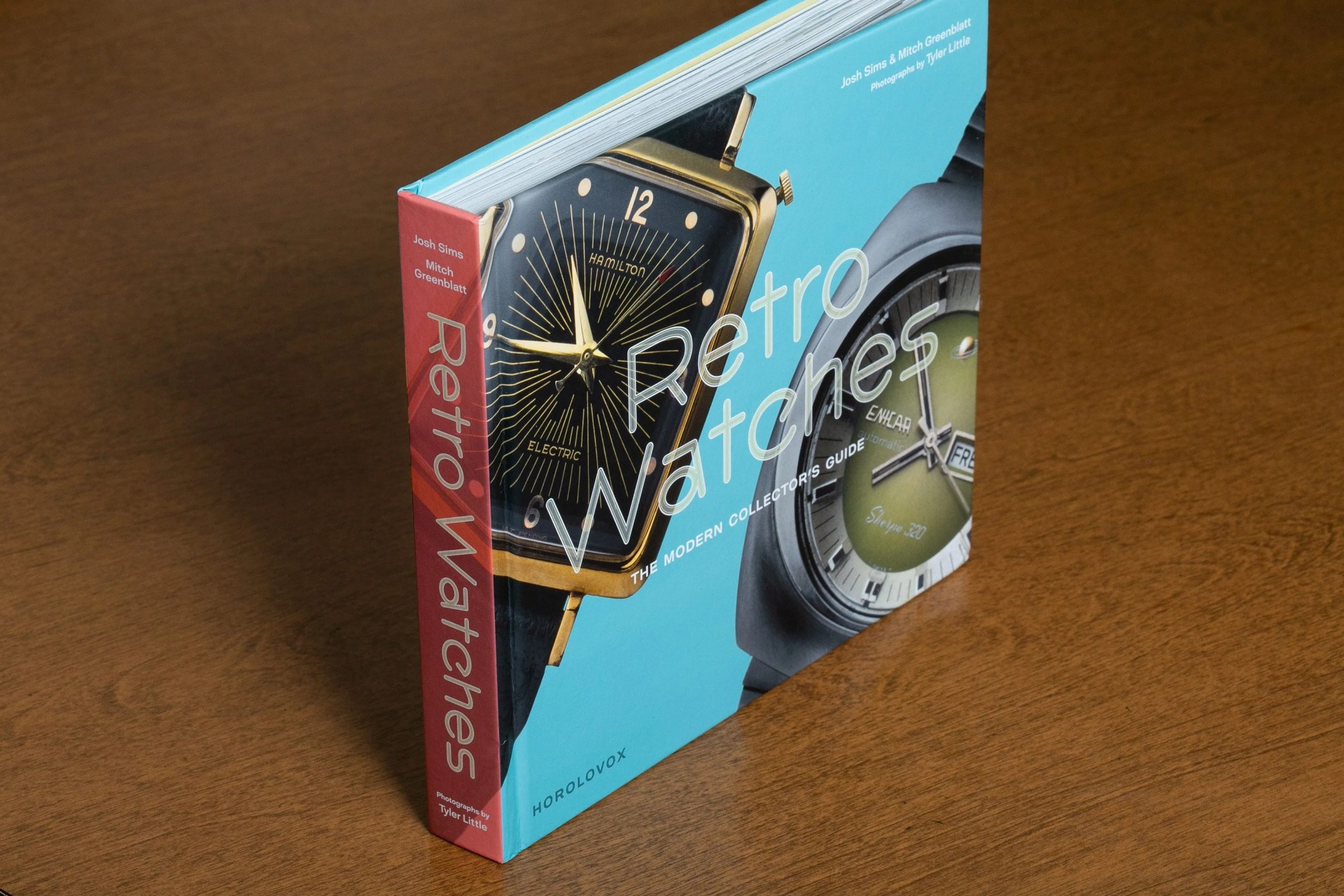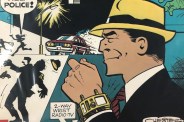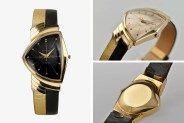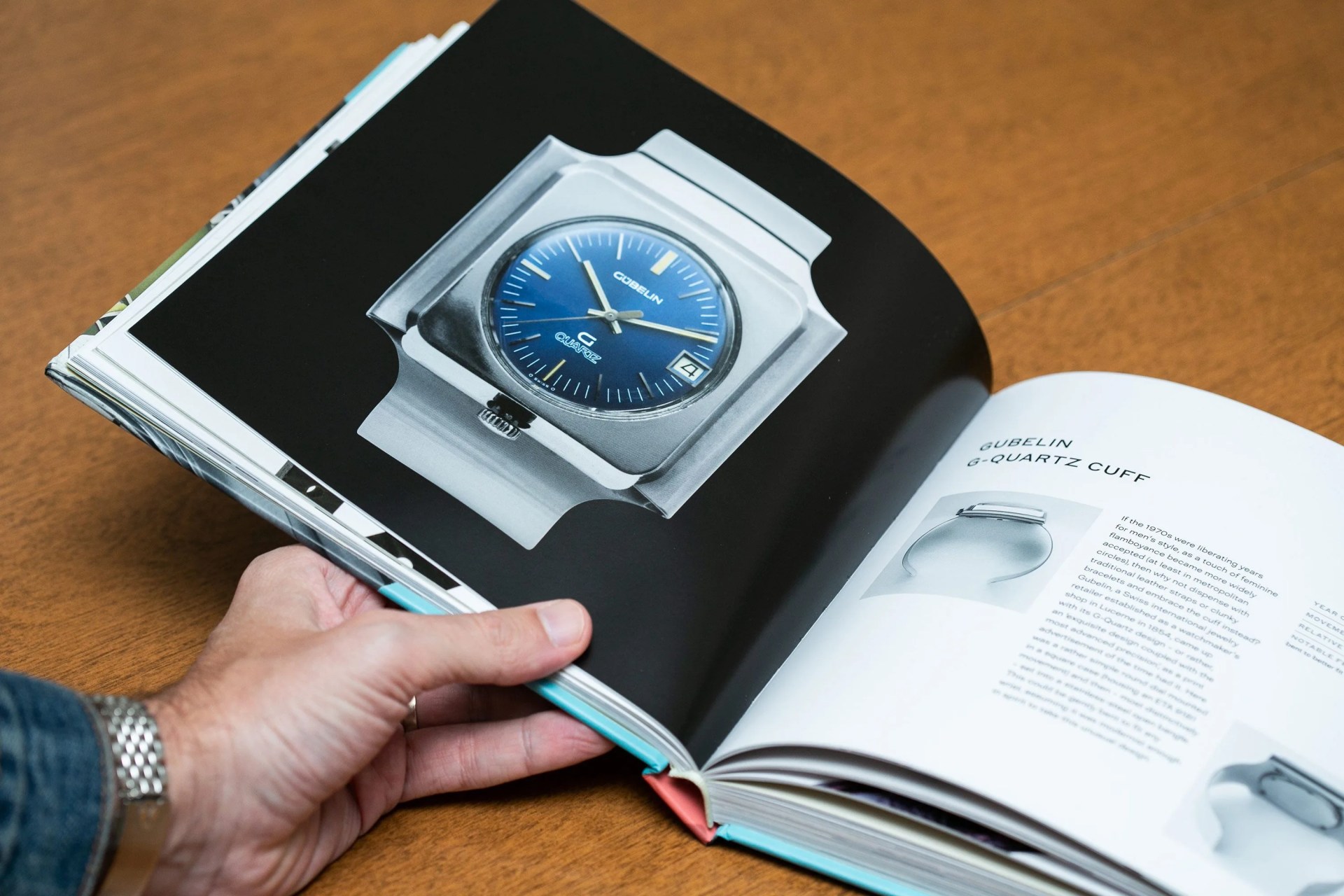Retro Watches, $20.22
Sometimes a watch grabs your attention because of its quiet dignity and mechanical elegance. Other times, a watch’s design simply blows your mind. It’s the latter type — the design-focused timepiece — that’s the subject of the 2020 book Retro Watches: The Modern Collector’s Guide by Josh Sims and Mitch Greenblatt, a horological safari through the late 1950s, ’60s and into the 1970s. For $20 or so, you just found the perfect gift for the watch or design lover in your life.
Retro Watches comprises over 100 watches from Mitch Greenblatt’s own personal collection. Greenblatt not only collects the quirkiest vintage watches he can find, but he’s the creator of the website watches.com (formerly Watchismo) that sells affordable modern watches with unique designs, mostly from independent brands. He also started his own appropriately avant-garde watch brand, Xeric. Taken together, there’s no ambiguity about his approach to horology as a pursuit that should be fun and exciting more than stuck in conservatism.
While Greenblatt has been collecting such watches for over 20 years, there’s probably never been a time that’s more receptive to the experimental designs of yesteryear than the present. The watch industry of 2020 is firmly in the grip of vintage and rerelease fever, drawing from the ’60s and ’70s in particular, but Greenblatt helps show that there’s even more depth and breadth to the era than is represented by modern reissues. Yeah — watchmakers got more than a little far-out back then.
 Zen Love
Zen LoveYou might open Retro Watches to find, say, a Pierre Balmain watch (page 62-63) shaped like a dome with an off-center dial that’s angled to face the wearer. It looks like what George Jetson might wear. There are indeed even funkier examples than this, but you’d be mistaken to assume that the book’s focus is merely the weird. The book catalogs curiosities and specimens that would be unthinkable today and paints a nuanced picture of the mentality it took to conceive and produce these avant-garde products.



